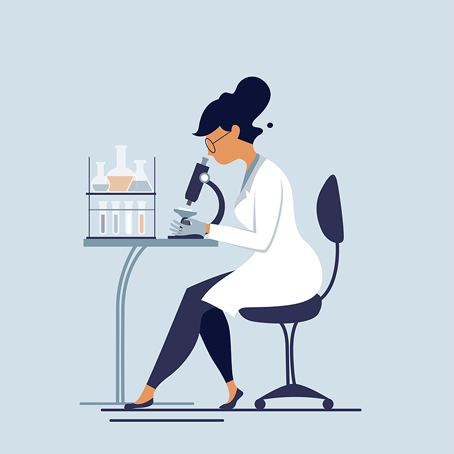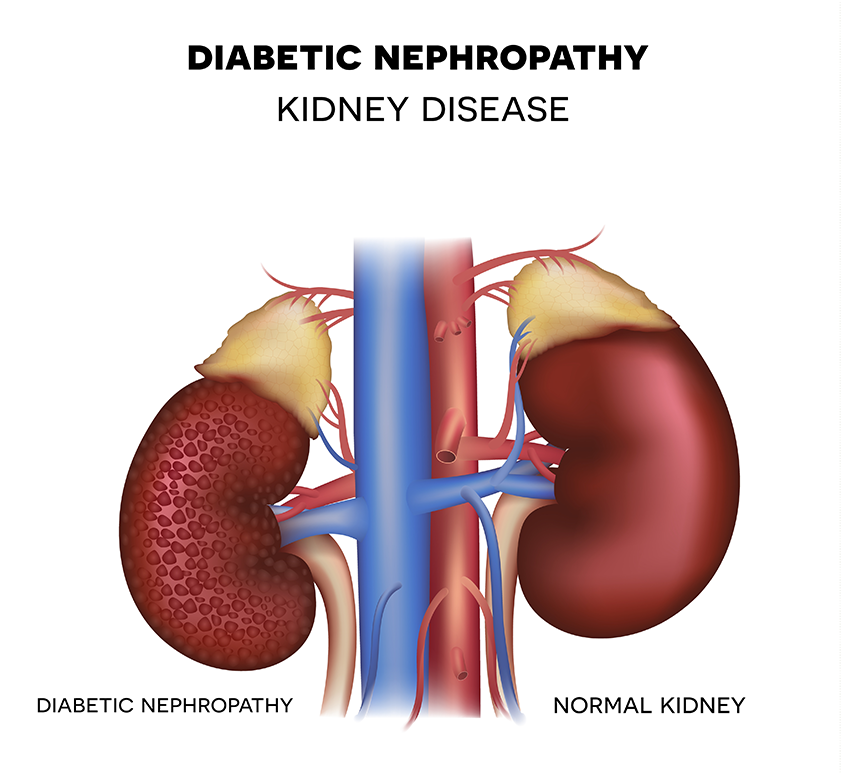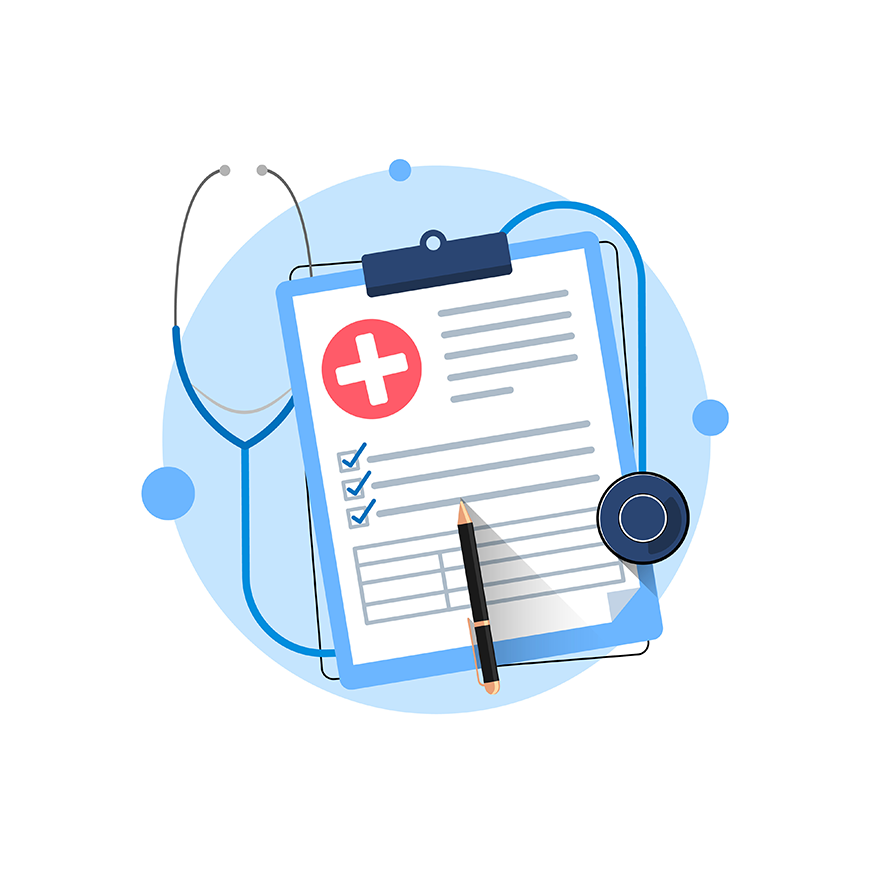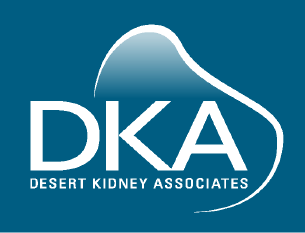
Blood & Urine Testing
Early kidney failure is usually found with blood and urine tests.
In the blood, the blood urea nitrogen (BUN) and creatinine are checked.
The BUN is a waste product of protein as it is broken down for use in the body. When the kidneys begin to fail this level goes up. Plant proteins produce more of this waste than animal proteins. Certain drugs and infections can also cause a high BUN.
A normal BUN value is between 7 and 26 mg/dl. The creatinine is the waste product of muscular activity. A large muscular man produces more creatinine than a small woman. Because creatinine is made at a constant rate it is a good measure of the kidney’s function.
A normal creatinine value is between .5 and 1.5 mg/dl in the blood.
The urine is checked for protein. Any protein is abnormal. As the kidneys stop working more and more protein is lost in the urine.
Many other kidney tests are available and usually require hospitalization.

Diabetes & Kidneys
Kidney disease is one of the results of diabetes. About four out of ten people who have diabetes will get kidney disease. Changes ma start happening to the kidney early in diabetes but the damage may not show up for ten to twenty years.
One way that diabetes damages the body is by the plugging of small blood vessels that feed the tissue. In the kidney where the vessels are important to filter out the wastes, plugging and thickening makes this impossible. The abnormal vessels also leak things they shouldn’t namely protein. This shows up on urine samples.
Diabetes also makes the body less able to fight off infections. Infections of the urine are common. These infections can further damage the kidneys making kidney failure happen more quickly.
The body of the diabetic requires extra care and attention. Controlling the blood sugar, controlling the diet, and treating the early complications are important. Preventing or slowing kidney damage early in diabetes is the best form of treatment.

Treatment of Early Kidney Damage
When kidney damage is first noticed tests will be done to see if there is anything which can be corrected to stop the damage. The tests will include blood samples, urine samples, and kidney ultrasound, as well as a careful examination by a doctor.
Blood tests will measure how well the kidneys are working and how much waste is building up in the body.
Urine samples will be tested for protein and checked for infections.
An ultrasound will show the size and shape of the kidneys. It will show any stones or changes to the kidney which may be corrected by surgery.
The treatment of damaged kidneys is meant to prevent further damage.
The blood pressure needs to be strictly controlled and medications will be used for this. Some of these medications include:
Hydrochlorthiazide This cause the extra fluid to be urinated. When the extra fluid is removed the blood pressure is lowered. As the fluid is lost potassium may also be lost. Hydrochlorthiazide is taken once a day.
Furosemide (Lasix) This is a stronger “water pill” which will cause even more fluid to be urinated. It also can cause potassium to be lost. Furosemide is taken once or twice a day.
Clonidine This medicine works in the brain to lower the blood pressure. The common side effects are drowsiness, dry mouth, and constipation. These side effects tend to go away after taking the medicine for a while. Clonidine is taken two or three times a day.
Enalopril This drug works in the blood to prevent high blood pressure. It works well with kidney disease. Enalopril is taken one time a day.
Minoxidil This is the strongest blood pressure medicine. It dialates the blood vessels and thus lowers the blood pressure. Minoxidil is taken once a day.
As the kidneys fail, waste products build up. Some medicines can be given to decrease the amount of waste products.
Kaexalate Excess potassium is soaked up by this drug. It is given late in kidney disease just before dialysis. Kaexalate is given in different amounts depending on the patient.
Amphojel, Basojel, and Calcium Carbonate
Phosphate binders is another name for these drugs. This is because they bind up the phosphorus and keep the gut from absorbing it into the blood. This treatment is important for bone disease which occurs as the kidneys fail.
Amphojel, Basojel, and Calcium Carbonate are given with meals.
Bicitra, Schol’s Solution, Sodium
Bicarbonate
These drugs are used to cut down on the amount of acid in the body. Bictira, Schol’s Solution, and Sodium Bicarbonate are usually given three times a day.
Other medicines may also be given. Vitamins, hormone shots, anti nausea medicine, medicine to prevent or treat constipation and medicine to treat diarrhea are some of these.
The symptoms of fluid overload (too much water in the body) can be treated by cutting back on the amount of liquids taken and by giving “water pills” to hellp the kidneys urinate more.
The dietitian can be helpful at planning out meals to decrease the amount of waste products in the blood.

